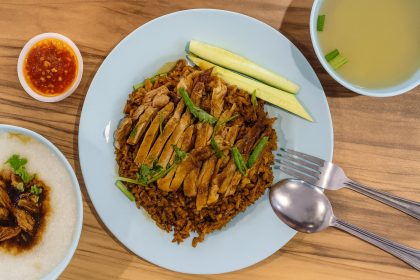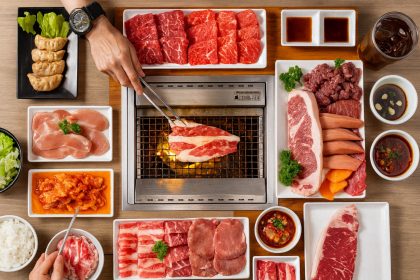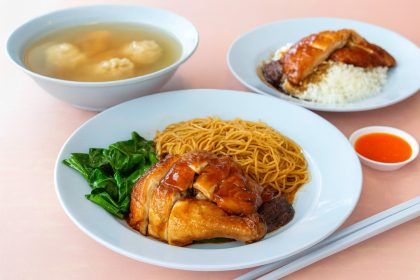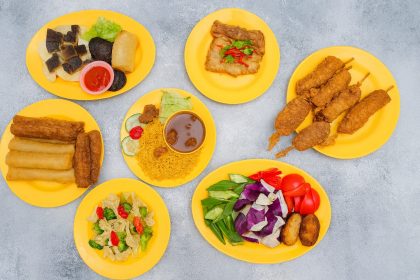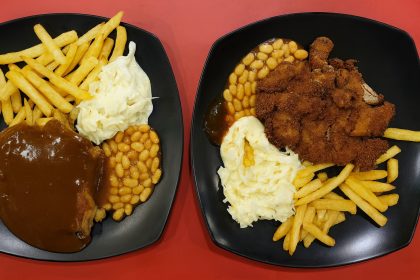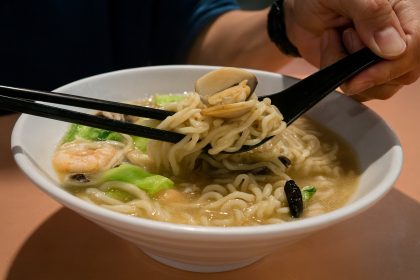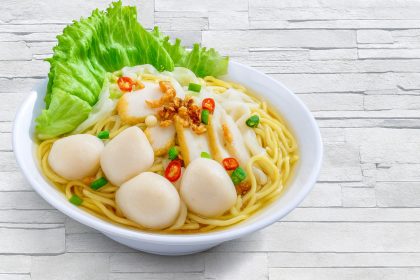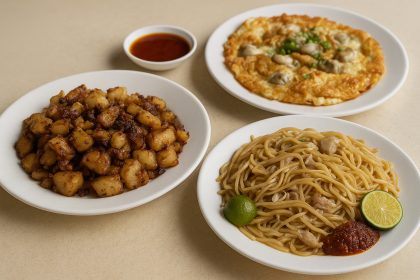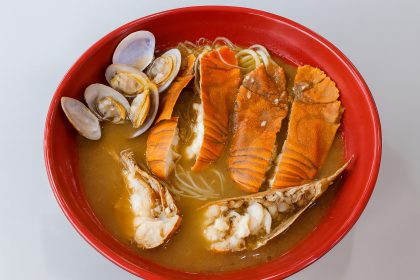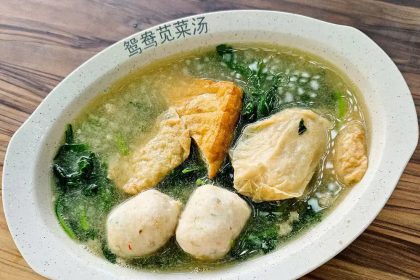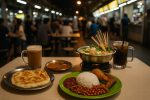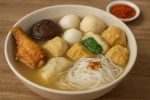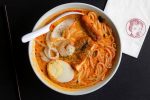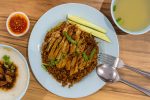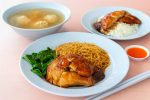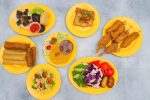Cheok Kee Duck Rice is a name that resonates deeply among those who appreciate Singapore’s hawker culture. Tucked away at Geylang Bahru Market & Food Centre, this humble stall serves plates of b...
Singapore’s dining scene thrives on diversity, and its love affair with Japanese cuisine has birthed a vibrant yakiniku culture. Among the many styles of Japanese barbecue available, Yakiniku Like s...
Alexandra Village Food Centre in Singapore houses a hawker stall that draws queues long before lunchtime. Xiang Jiang Soya Sauce Chicken is run by a man whose culinary journey started in the refined k...
Xi Shi Fu Vegetarian stands as a well-loved name among Singapore’s vegetarian dining options. Known for its affordable yet flavorful offerings, it has carved a space for itself in the daily lives of...
We Western stands as a proud reminder that simple, hearty food still holds a special place in Singapore’s culinary scene. Situated in Bukit Merah View Market & Hawker Centre, the stall has becom...
Bedok 85 Fengshan Centre is known across Singapore for its late-night buzz and diverse food offerings. Among the many stalls competing for attention, Uncle Lai Putien Signatures stands out for bringin...
Tian Tian Chi Mian, meaning “Everyday Eating Noodles,” is more than a food stall chain. It has become a familiar part of Singapore’s hawker and food court culture, serving up comforting bowls of...
Super Mummy is more than just another food stall in Singapore’s Chinatown Complex Food Centre. It has become a fixture for locals and visitors seeking reliable hawker classics with flavours rooted i...
Sumo Big Prawn has carved out a strong presence in Singapore’s bustling hawker food culture by challenging the traditional boundaries between fine dining and everyday street fare. At its heart lies ...
The Bukit Merah View Hawker Centre houses a variety of beloved food stalls, but among them, Yuan Yang Spinach Soup stands out for delivering bowls of nourishing warmth. While its Geylang Bahru branch ...
